Industry information
Company News
- Aluminum veneer customization, creating an exclusive personalized space
- Aluminum veneer curtain wall, the new darling of architectural aesthetics
- Aluminum veneer curtain wall: a perfect combination of architectural aesthetics and practicality
- Hyperbolic aluminum veneer: the new darling of modern architectural aesthetics
- Hyperbolic aluminum veneer: the new artistic favorite in the aluminum industry
Industry dynamics
- Aluminum veneer customization, creating a new trend of personalized space
- Aluminum veneer elevates the appearance of buildings to new heights
- Aluminum veneer customization, creating exclusive space aesthetics!
- Aluminum veneer customization, creating exclusive space aesthetics
- Aluminum veneer is an ideal choice for personalized architectural design
Frequently asked questions
- What are the applications of aluminum veneer in the construction industry and how can they be improved?
- What are the advantages and disadvantages of aluminum veneer compared to other metal materials?
- What are the applications of aluminum veneer in the interior decoration industry and how can they be improved?
- What are the applications of aluminum veneer in the interior decoration industry?
- What are the applications of aluminum veneer in the construction industry?
contact us
Mobile:+86 15627778610
Email: 2201229786
Address: No. 5 Binjiang Road, High tech Zone, Zhaoqing City, Guangdong Province
Is the use of aluminum veneer in modern architecture limited by building functional requirements? If there are any restrictions?
- Author: Lesilong Technology (Guangdong) Co., Ltd
- Release time: 2022-03-04 22:32:09
- Click:0
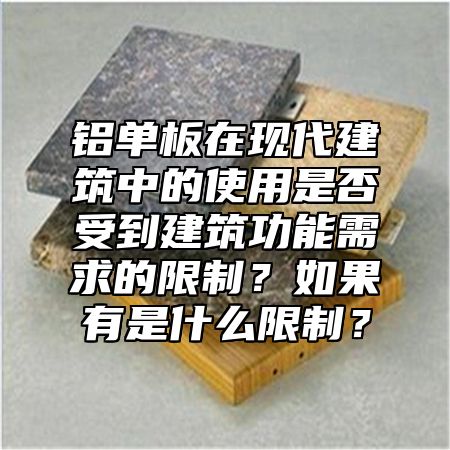
The functional requirements of modern architecture are becoming increasingly diverse, andAluminum veneerAs a new type of building material, it also needs to have the ability to adapt to different building functions in order to meet this requirement. This article will provide a detailed introduction from multiple perspectives on whether the use of aluminum veneer in modern architecture is limited by the functional requirements of the building and the related constraints.
1、 Fire resistance performance
The fire resistance of aluminum veneer is one of the necessary conditions to ensure its use in certain specific building situations. Generally speaking, high-quality aluminum materials that meet relevant national standards should be selected as raw materials for aluminum veneers, and appropriate surface treatment processes should be adopted to improve their fire resistance and fire rating. It is also necessary to install sound insulation or thermal insulation layers between aluminum veneers to reduce the risk of fire caused by air circulation.
2、 Sound insulation performance
The sound insulation performance of aluminum veneer is also one of the necessary conditions to ensure its use in certain specific building situations. Generally speaking, aluminum with good sound insulation effect should be selected as the raw material for aluminum veneer, and appropriate surface treatment processes should be adopted to improve its sound insulation effect and noise reduction level. It is also necessary to install sound insulation or thermal insulation layers between the aluminum panels to reduce noise interference caused by air circulation.
3、 Waterproof performance
The waterproof performance of aluminum veneer is also one of the necessary conditions to ensure its use in certain specific building situations. Generally speaking, aluminum with good waterproof effect should be selected as the raw material for aluminum veneer, and appropriate surface treatment processes should be adopted to improve its waterproof performance and moisture resistance level. It is also necessary to install waterproof or insulation layers between the aluminum veneers to reduce the risk of rainwater infiltration and moisture infiltration.
4、 Strength and stability
The strength and stability of aluminum veneer are also necessary conditions to ensure its use in certain specific building situations. Generally speaking, high-quality aluminum with high strength and stiffness should be selected as the raw material for aluminum veneer, and appropriate processing techniques and installation methods should be adopted to ensure that it will not deform or crack during use. Strengthening ribs or support structures need to be installed between the aluminum veneers to improve their overall stability and load-bearing capacity.
The use of aluminum veneer in modern architecture is limited by the functional requirements of the building. This includes limitations in terms of fire resistance, sound insulation, waterproofing, and strength stability. Only by fully considering these factors and taking corresponding measures for optimization and control, can the advantages of aluminum veneer be fully utilized to provide safer, more aesthetically pleasing, and environmentally friendly solutions for buildings.

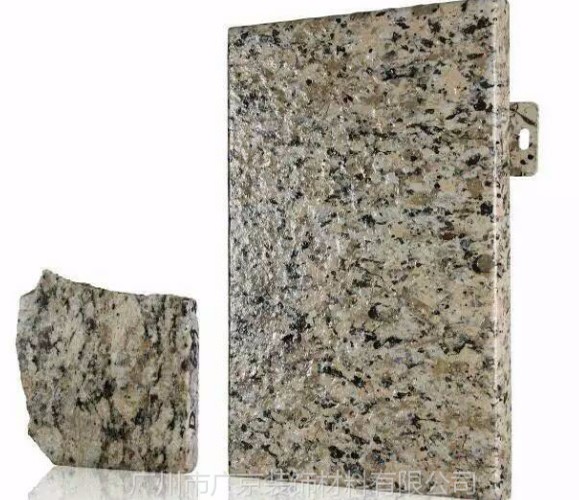
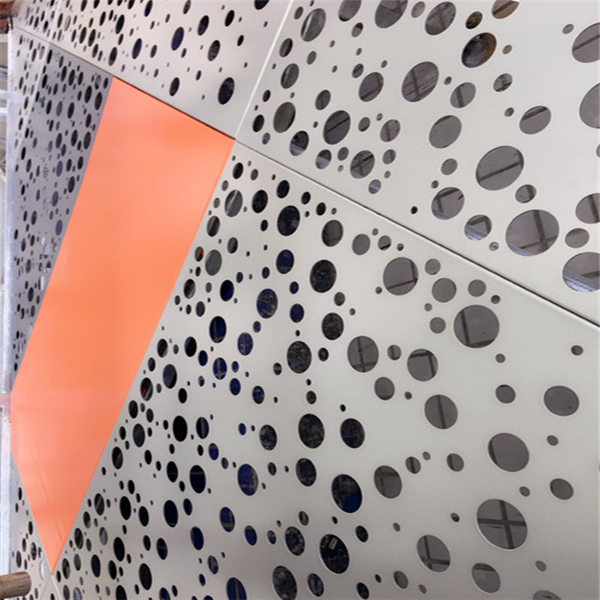
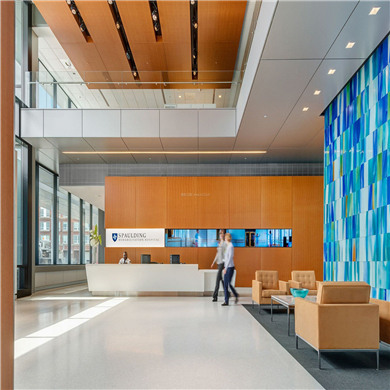
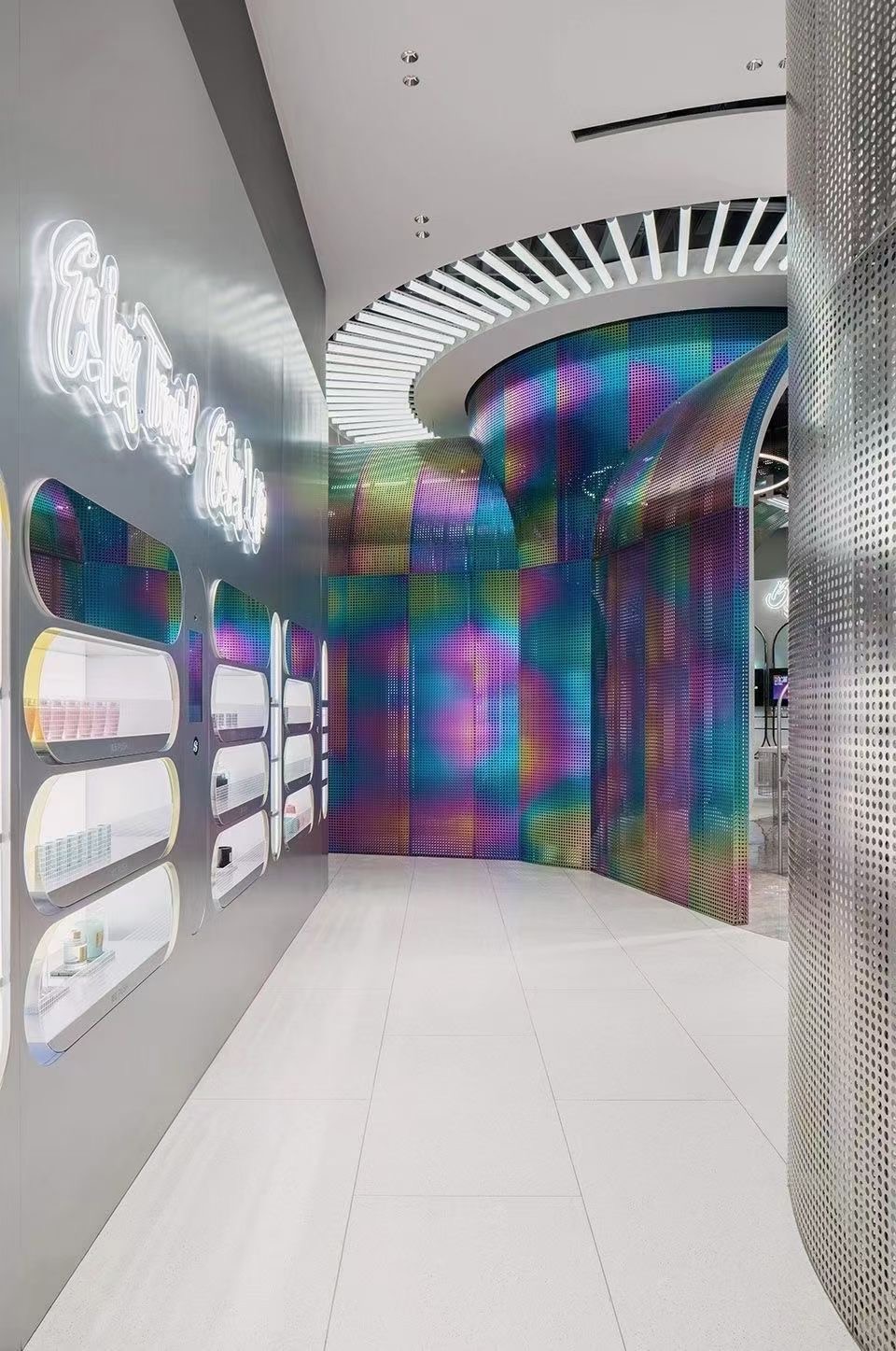
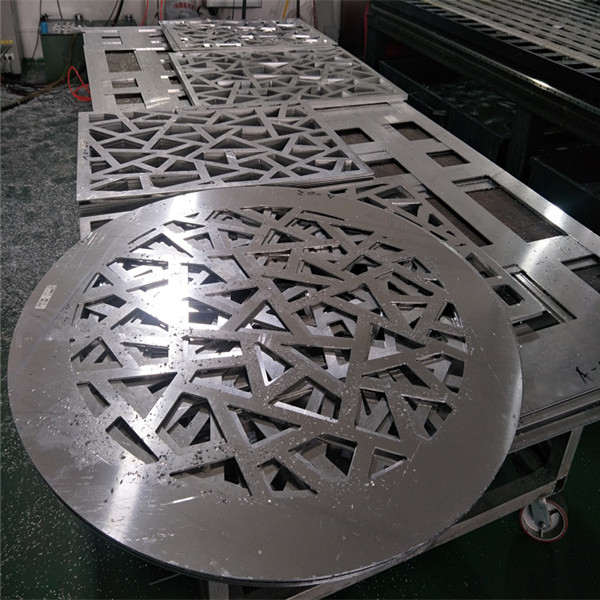
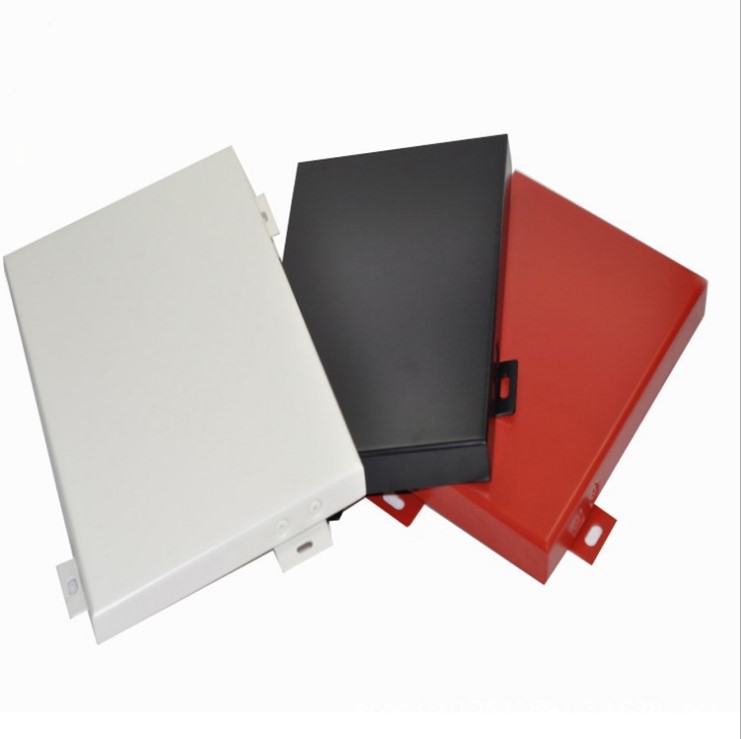
 Customer service QQ
Customer service QQ